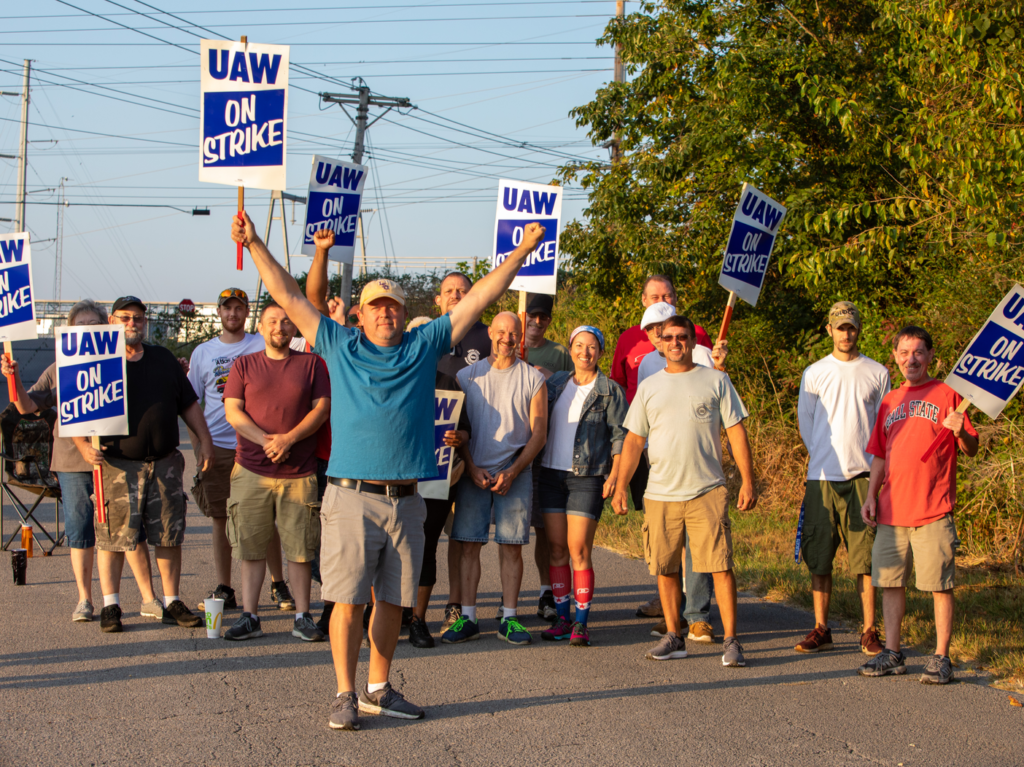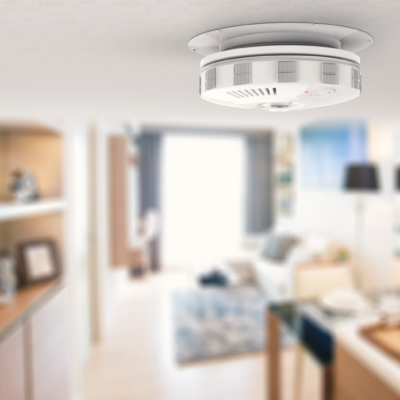
Picket signs rise when job quality falls. Since the 1800s, labor strikes have been a part of our country's history. The strikes continue to this day, more than 200 years later.
As we approach the 2021 end, another historic shift is taking place. The working class is uniting to combat the corporate elite, as a result of a global pandemic.
It has worked before. It worked before. But, will it work again?
The Great Resignation
Four million Americans left their jobs in April 2021 alone. The term "the Great Resignation" was coined by Dr. Anthony Klotz, a Texas A&M professor.
As the year went on, this resignation grew in severity. By August, total non-farm quits reached 2.9 percent--an all-time high.
Harvard Business Review showed that mid-career workers, which range from 30 to 45 percent, are most likely not to leave their jobs. Resignation rates were highest in the hospitality, tech, and healthcare industries.
A healthy economy is one that has many workers leaving. This indicates a healthy job market that offers many options for workers. If the past two years have taught anything, it is that we are not living in normal times.
This mass exodus occurred immediately after the COVID-19 pandemic.
A Toppling Workload
The labor market was a pressure cooker before the pandemic. Just below the surface, rampant wage, gender and race inequalities bubbled. The temperature rose a few degrees due to the COVID-19 pandemic. That was all that was needed to transform a slow simmering into a boiling boil, bubbling over our metaphorical melting pot.
Wage discrepancy is one of the most urgent issues. For survival, hundreds of thousands of workers depend on the minimum wage job. The minimum wage has not changed as the cost to live has increased. The minimum wage is no longer considered "living wage".
The minimum wage in 2020, adjusted for inflation, was 33% less than it was in 1970. It's even lower this year. Over half of the workforce is not eligible for benefits such as PTO or health insurance.
There's also the question of how should work. Remote work has caused a "Great Reshuffle", in which workers have more time to review their priorities and preferences.
Many workers prefer the freedom to work from home, which is not surprising. It is also required by some, due to the skyrocketing costs of childcare.
The labor market isn’t just for worker bees. It's also felt by the higher-ups.
The View from Behind the Desk
Employers also have had their share of problems. As the Great Resignation began, the rallying cry of corporate elites was "No one wants work". Employers claim that applicants continue to ghost them.
One employer said that "I work in the medical industry, and this has been happening for the past year," Alison Green, Slate reporter, stated. "People not responding after being ghosted for interviews. Even people have been hired who didn't turn up for interviews or returned late for second interview. It's unreal."
Staff shortages are also a problem in fast food restaurants, gas stations, as well as other non-medical businesses. Notices stating that staff are "short-staffed" have become viral. Companies are cutting back on hours.
No matter what side you are on, the problem is in the labor market. Nevertheless, one side still has more leverage.
Joseph McCartin stated NPR that there is a labor shortage. Many employers are complaining about it. It's a labor shortage, but it is largely worker-driven.
McCartin says, "Workers have been withdrawing the labor market in dissatisfaction about the jobs they currently hold."
What are workers doing now that they have more leverage? They strike, as they have done since the beginning.
Striketober: The End!
(Linda Parton/Shutterstock.com)
October 2021 saw the emergence of "Striketober", a major increase in organized labor. More than 100,000 workers took part in or prepared to strike at national labor unions during October.
Ronald Reagan was the president when America had its last major strike. Nearly 13,000 air traffic controllers went on strike during the 1981 PATCO strike. Reagan fired more than 11,000 of them. The fear of striking swept the country.
Striketober, now that the government is pro-union, seems like the next step. "Workers just survived a pandemic. McCartin stated that the economy is only beginning to improve NPR.
He says, "Usually, workers can become more militant after a major crisis or when things start to improve." McCartin states that similar strikes surges occurred after the Great Depression and World Wars.
Employees at McDonald's and Kellogg's were on strike in October. Workers also went on strike in healthcare, higher education, tech institutions, and other areas.
All this is striking raises the question: Will it work?
Strikes Beget Strikes
McCartin seems to believe so, and he's certainly not the only one. He said that strikes tend to be a breeding ground for others, NPR. Workers will be more inclined to strike if they see strikes as being productive.
According to NBC News, "Strikes can spread quickly between workers and unions," Kate Bronfenbrenner said. "Workers look at each other and get inspired."
This inspiration does not seem to be moving anywhere. Experts predict that labor strikes will continue into the 2022 midterm elections.
We've had successful strikes in the past. It is not unreasonable to believe that we will experience similar labor shifts in 21st century. It's actually happening right before our eyes.
Trending Stories
Mother Convicted for the Deaths of Five Children in Tragic Fire. Why Are People Outraged

Family Saved After Carbon Monoxide Poisoning
Beware! This online scam uses fake job ads to steal people's identities
-----------------------------------
By: Melanie A. Davis
Title: Labor Strikes Are On The Rise And Show No Signs Of Stopping, Will They Actually Work?
Sourced From: www.suggest.com/labor-strikes-rise-no-signs-of-stopping-will-they-work/2599051/
Published Date: Mon, 15 Nov 2021 23:45:00 +0000
Read More
Did you miss our previous article...
https://thegossip.news/hollywood/camilla-parker-bowles-aussie-son-of-prince-charles-writes-unsettling-letter-to-queen-elizabeth
.png) SportsFashionPoliticsVideosHollywoodPrivacy PolicyTerms And Conditions
SportsFashionPoliticsVideosHollywoodPrivacy PolicyTerms And Conditions
